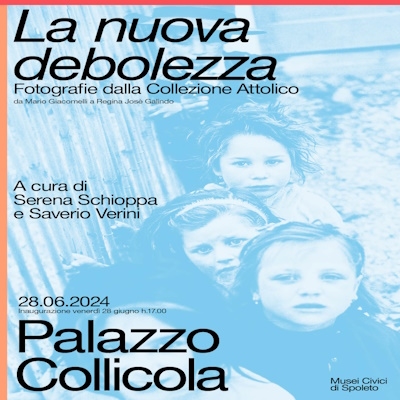Parish Church
Between 1948 and 1949, Dottori decorated the apse of this church with a cycle characterized by a “fish-eye” perspective, a technique through which the landscape expands in Aeropainting style. In these works, we perceive a departure from the dynamic Futurism of his earlier years in favor of a calmer, more expansive landscape, later defined as part of the “new modern landscape.”
Magione Town Hall – Council Chamber
This cycle, created between 1948 and 1949, represents one of the artist’s significant public works. Dottori decorated the council chamber with landscape scenes representing 13 views of locations within the jurisdiction of Magione (Magione, Agello, Montecolognola, Torricella, Monte del Lago, San Feliciano, San Savino, Sant’Arcangelo, Borgo Giglione, Caligiana, Villa Antria, Collesanto, Montesperello, and Soccorso), interspersed with ornamental motifs.
On one of the central walls, a depiction of Magione and its ancient towers takes center stage. Dominating the room is a large historical painting portraying Fra Giovanni da Pian di Carpine, a prominent medieval explorer from Magione famous for his journey to Mongolia before the more renowned Marco Polo. In this work, Dottori combines historical realism with his typically Futurist approach, creating a celebratory yet innovative piece.
Villa Mannocchi
In 1951, Dottori worked on the decoration of this private villa in Magione. Although it is one of his later works, the decoration showcases Dottori’s mature techniques, blending his Futurist language with tradition.






























